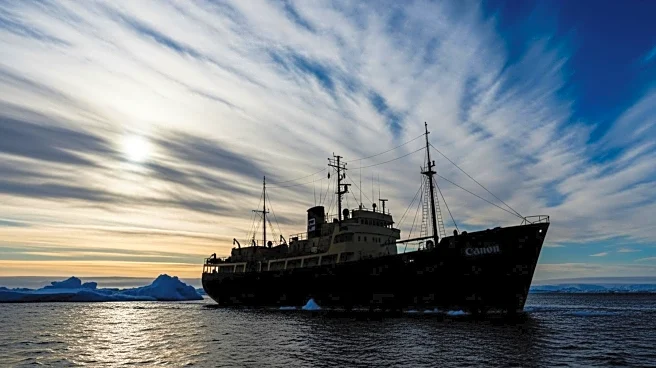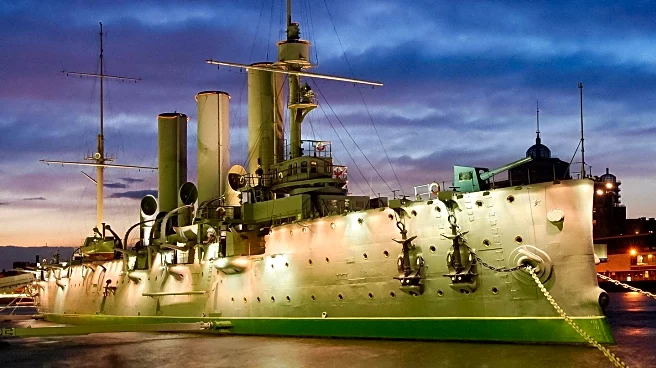What is the story about?
What's Happening?
A new analysis has found that Ernest Shackleton's ship, the Endurance, was not structurally equipped to handle polar ice, contrary to the long-held belief that its sinking was due to rudder damage. The study, led by Dr. Jukka Tuhkuri from Aalto University, suggests that the ship's lack of internal diagonal beams made it vulnerable to ice pressure. Shackleton was aware of these structural failings but proceeded with the expedition due to financial constraints and the urgency to embark before World War I. The Endurance was originally built for Arctic tourism, not for the harsh conditions of Antarctic pack ice.
Why It's Important?
This discovery challenges the historical narrative surrounding Shackleton's expedition and highlights the importance of structural engineering in polar exploration. It may influence the design and construction of future vessels intended for icy environments, emphasizing the need for robust internal support systems. The findings also provide insight into Shackleton's decision-making process, illustrating the risks explorers faced and the compromises made due to financial and temporal pressures. This could impact how current and future expeditions are planned and executed, prioritizing safety and structural integrity.
What's Next?
The study may lead to further investigations into historical ship designs and their suitability for polar conditions. It could prompt a reevaluation of other maritime incidents and influence modern shipbuilding practices. Researchers might explore additional archival materials to gain a deeper understanding of Shackleton's choices. The findings could inspire educational programs focusing on engineering challenges in extreme environments, potentially influencing future explorers and engineers.
Beyond the Headlines
The analysis raises ethical considerations about the balance between ambition and safety in exploration. Shackleton's decision to use a structurally compromised vessel reflects the high-risk nature of early 20th-century exploration. It also highlights the cultural significance of Shackleton's leadership and the enduring legacy of his expedition, which is often celebrated for its survival story rather than its technical shortcomings. This new perspective may lead to a more nuanced understanding of historical exploration narratives.
AI Generated Content
Do you find this article useful?













